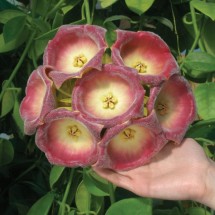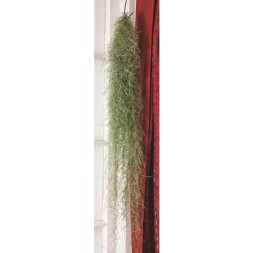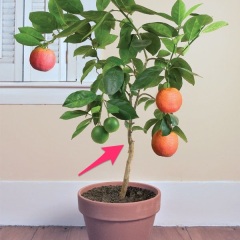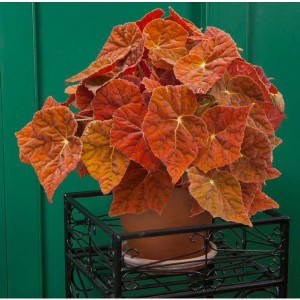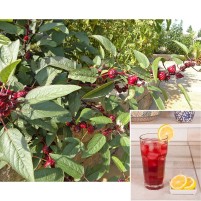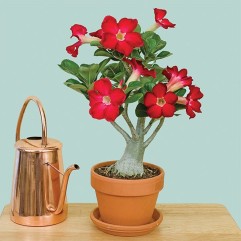By Laurelynn Martin and Byron Martin
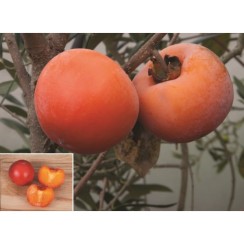
Persimmon ‘Nikita’s Gift’
Your bare root plants are ready to go into the garden as soon as you receive them. If you can’t plant immediately, store in a cool location or refrigerator for up to 1-2 weeks. Make sure the roots never dry out and don’t let the plants freeze. Temperatures above 50° will cause the plants to start budding out.
Prior to planting, soak the roots in water for 30 minutes to 12 hours. Fruiting plants need a full sun location with rich, fertile soil. Dig a hole that’s 2-3 times larger than the root ball. This increased room allows you to spread the roots out laterally on all sides. You can add compost to the planting hole but don’t add any chemical fertilizer into the hole as this can burn the roots. Back fill the hole with rich garden soil and tamp down well so the plant is secure. Make sure the entire root system is underground and the plant should be at the same depth in the soil where it was grown before. (You can see this on the stem.) If it is a grafted plant, the graft union needs to be above the soil. It helps to leave a small reservoir for water on top of the planting hole. This can also be filled with mulch to keep down weeds and reduce soil moisture evaporation.
Water well once your bare root plant is in the garden. Continue to water a couple of times a week if the soil is dry. It’s helpful to stake the young plant for support as it grows. If you are planting grape vines, these will need a trellis, arbor or fence for support since the vines can reach several feet long.
Start fertilizing 2-3 weeks after planting. You can apply liquid or granular fertilizer but make sure to stop the fertilization program by mid-August so the plant can harden off for the winter.
Remove any weeds growing around the base of the plant since these will compete with plants for water and nutrients.
To grow the strongest plants, it’s best to pinch off fruit for the first year or two to allow plants to grow vigorously and become strong so they have more fruiting potential for their lifetime.
For more information, call Logee’s Customer Service 888-330-8038. Or go to our website http://www.logees.com/care


